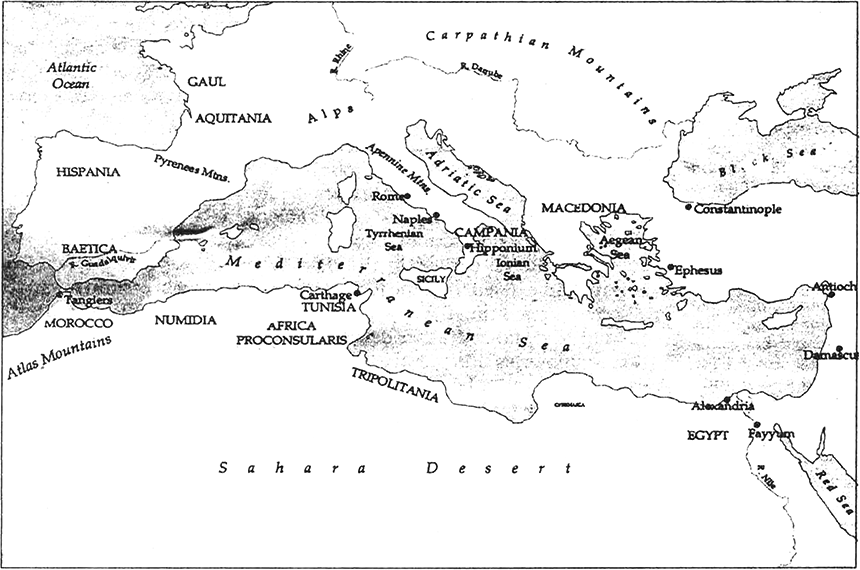An Empire Across Three Continents
Mention the aim of reinforcing cycle of development in which leaders encouraged the settlements of villagers close to themselves.
1. Besides people would be safe living in close proximity to one another. At Uruk, one of the earliest temple towns, we find depictions of armed heroes and their victims, and careful archaeological surveys have shown that around 3000 BCE, when Uruk grew to the enormous extent of 250 hectares — twice as large as Mohenjo-daro would be in later centuries -dozens of small villages were deserted.
There had been a major population shift. Significantly, Uruk also came to have a defensive wall at a very early date. The site was continuously occupied from about 4200 BCE to about 400 CE, and by about 2800 BCE it had expanded to 400 hectares.
2. War captives and local people were put to work for the temple, or directly for the ruler. This, rather than agricultural tax, was compulsory. Those who were put to work were paid rations. Hundreds of ration lists have been found, which give, against people's names, the quantities of grain, cloth or oil allotted to them.
It has been estimated that one of the temples took 1,500 men working 10 hours a day, five years to build.
3. With rulers commanding people to fetch stones or metal ores, to come and make bricks or lay the bricks for a temple, or else to go to a distant country to fetch suitable materials, there were also technical advances at Uruk around 3000 BCE. Bronze tools came into use for various crafts.
Architects learnt to construct brick columns, there being no suitable wood to bear the weight of the roof of large halls.
4. Hundreds of people were put to work at making and baking clay cones that could be pushed into temple walls, painted in different colours, creating a colourful mosaic. In sculpture, there were superb achievements, not in easily available clay but in imported stone.
And then there was a technological landmark that we can say is appropriate to an urban economy: the potter's wheel. In the long run, the wheel enables a potter's workshop to ‘mass produce’ dozens of similar pots at a time.
Sponsor Area
Some More Questions From An Empire Across Three Continents Chapter
Who was saint Augustine?
What is meant by Pax-Romana?
Mention the evidences of Roman's contribution to law and Government.
Describe the geographical location of the Roman Empire with the help of the following map.
Fig.: Europe and North Africa
If you had lived in the Roman Empire, where would you rather have lived in the towns or in the country side? Explain why.
lmagine that you are a Roman housewife preparing a shopping list for household requirement. What would be on the list ?
Describe your knowledge about the Roman Calendar.
Mention the main social classes in Ancient Roman Civilization and also the position of the Slaves.
Why do you think the Roman Government stopped coining in silver? And which metal did it begin to use for the production of coinage ?
Discuss the factors responsible for the decline of the Roman Civilization.
Mock Test Series
Sponsor Area
NCERT Book Store
NCERT Sample Papers
Sponsor Area